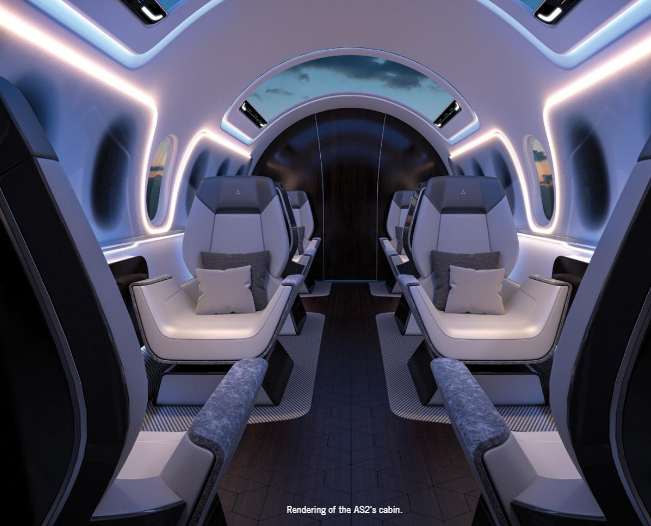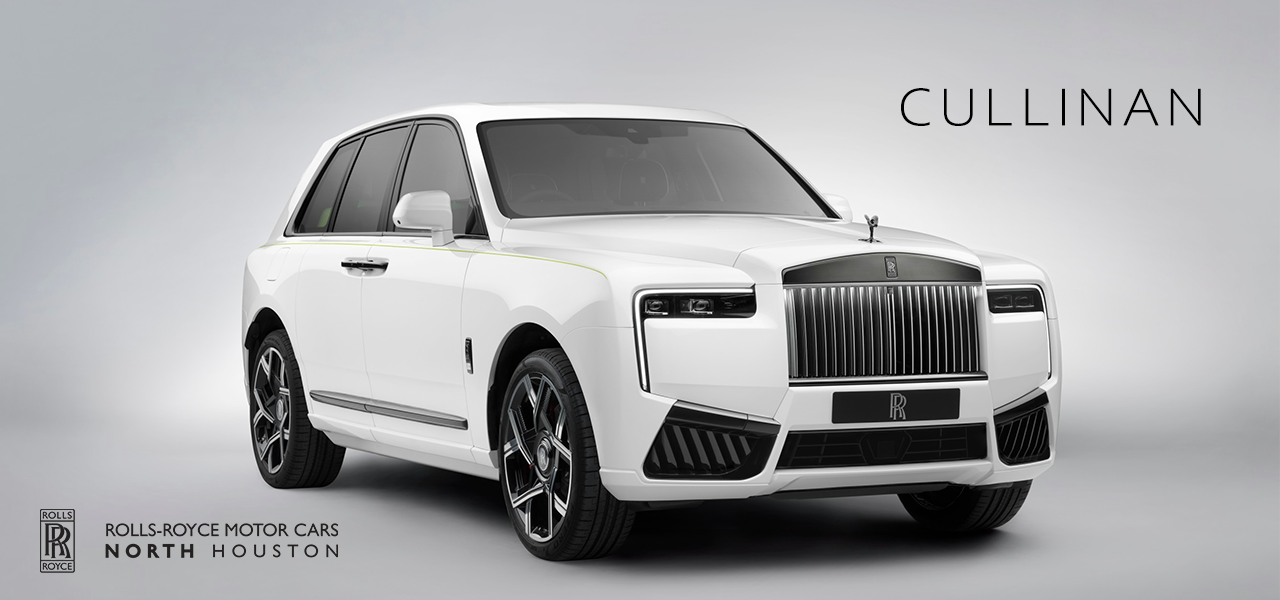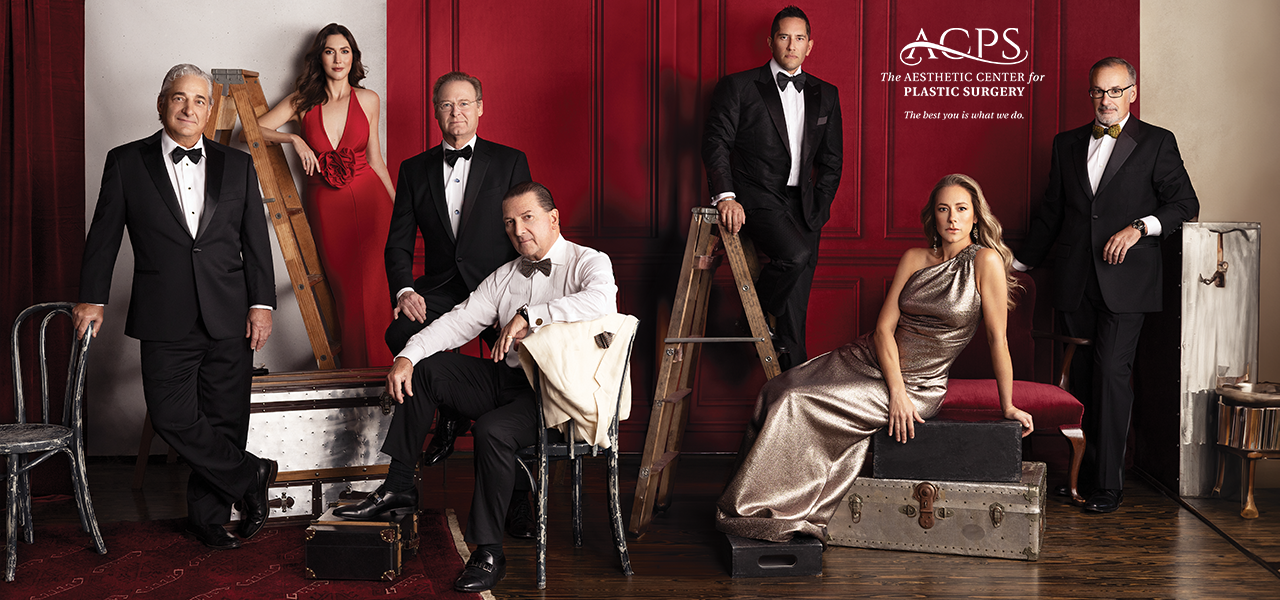THE PERFECT STORM: in the New Era of Supersonic Business Jets

About the author
Between Virgin Galactic, Boom, Spike and Aerion, a new breed of contenders are springing up to pick up where the Concorde left off, putting supersonic civilian flight back on the menu after nearly 20 years without it.
Technological advancement is shaking just about every industry at supersonic speed -literally-. The race to produce the first supersonic passenger jet to enter our airspace and commercial service is heating up after the last landing of the Concorde.
For nearly 20 years, nobody other than hotshot military pilots has been able to fly supersonically. But this is about to change.

The basic physical laws of aerodynamics have served as a universal leveler since 2003, when the supersonic Concorde was retired. Everybody, whether in the fastest corporate jet or a commercial jet, has been limited to the maximum subsonic cruise speed of around 660 mph, or a good deal less than that for most of us.
Aerion, whose AS2 jet promises to fly New York to London in under 5 hours, is planning to start production in Florida of their first supersonic aircraft in 2023. They are now in the process of building their massive corporate headquarters in the Orlando area, next to Orlando Melbourne International Airport.
The 8 to 12 passenger AS2 business jet will fly at Mach 1.4 (more than 1,000 mph), which means it will save hours of air travel to any destination: New York to London in under 5 hours.
Still, moving this quick will cause these aircraft to guzzle many times more fuel than a subsonic jet, leaving them somewhat range-limited (you can forget Sydney to LA for the moment). Aerion’s AS2 is projected to offer a range around 4,800 miles (7,800 km) at Mach 1.4, more than enough to get you the 3,500-odd miles (5,600-odd km) from New York to London with a couple of extra hours up your sleeve, but not enough to reach Asia from Los Angeles – to get that kind of range, you’d need to slow down. So the bulk of its time-saving capabilities, it seems, will be manifest over specific mid-distance routes primarily over water.
Then you also have the environmental impact, and perhaps more pertinently to some potential customers, the optics of it all. Burning that much fuel to save a few hours is not good enough. As such, Aerion has partnered with carbon-capturing synthetic fuel developer Carbon Engineering to offer an aviation fuel that literally takes more carbon dioxide out of the air than it puts in.
New supersonic era
The last supersonic passenger jet to traverse our skies was, of course, Concorde, an engineering beauty, but high on costs and high on environmental impact.
“Concorde was a brilliant piece of machinery, a noble experiment, but it put too much emissions in the environment, too much noise into our communities, and was too expensive to operate.
Aerion has already secured a domestic and international order backlog which now tops $6.5 billion and it plans to deliver 300 aircraft over 10 years of production. The AS2’s first flight is slated for 2024 and the company intends to take the plane to market in 2026.
The craft has a price tag of $120 million, which the planemaker thinks is a price that people will pay because of the time savings.
But Aerion’s ambitions are also for the aircraft to operate benignly in the skies: “The world can’t wait until 2050 to become carbon neutral. We have to do this today,” Vice told CNN.
Partners in Aerion’s AS2 program include GE, which is producing the Affinity supersonic engine, and Spirit AeroSystems, which is making the AS2’s pressurized fuselage.
In the cockpit, Honeywell is revolutionizing the flight deck, using its expertise in supersonic military jets to design the AS2’s mission processors, displays, sensors and flight control systems.
The company is also committed to a substantial reforestation program to assure carbon offsets for every customer on every flight.
The Aerion AS2 is designed to meet Stage 5 Airplane Noise Standards, the most stringent landing and takeoff noise regulations. However, perhaps one of the AS2’s most innovative features is its “boomless cruise” which allows the plane to fly supersonically over land without the boom striking the ground. Instead, the noise gets refracted back up into the atmosphere. Aerion invented “boomless cruise” because the alternative type of quieter supersonic flight, called “low boom,” while less noisy than Concorde, still produces noise on the ground similar to the rumble of distant thunder.
Aerion’s declared aim is to build a future where people will be able to jet between any two points on Earth within three hours. It intends AS2 to be the first in a supersonic family, with an AS3 airliner in the pipeline, and future plans for hybrid-electric supersonic planes.
To learn more about this fabulous company and its products, please visit their website, at aerionsupersonic.com
Marcel Stefano







